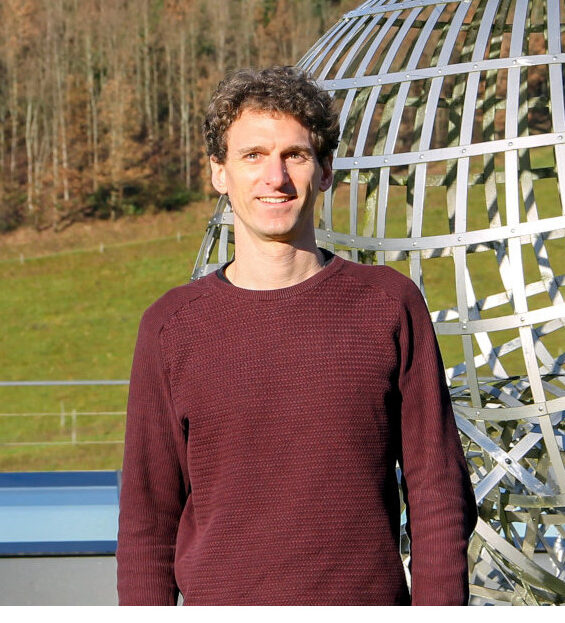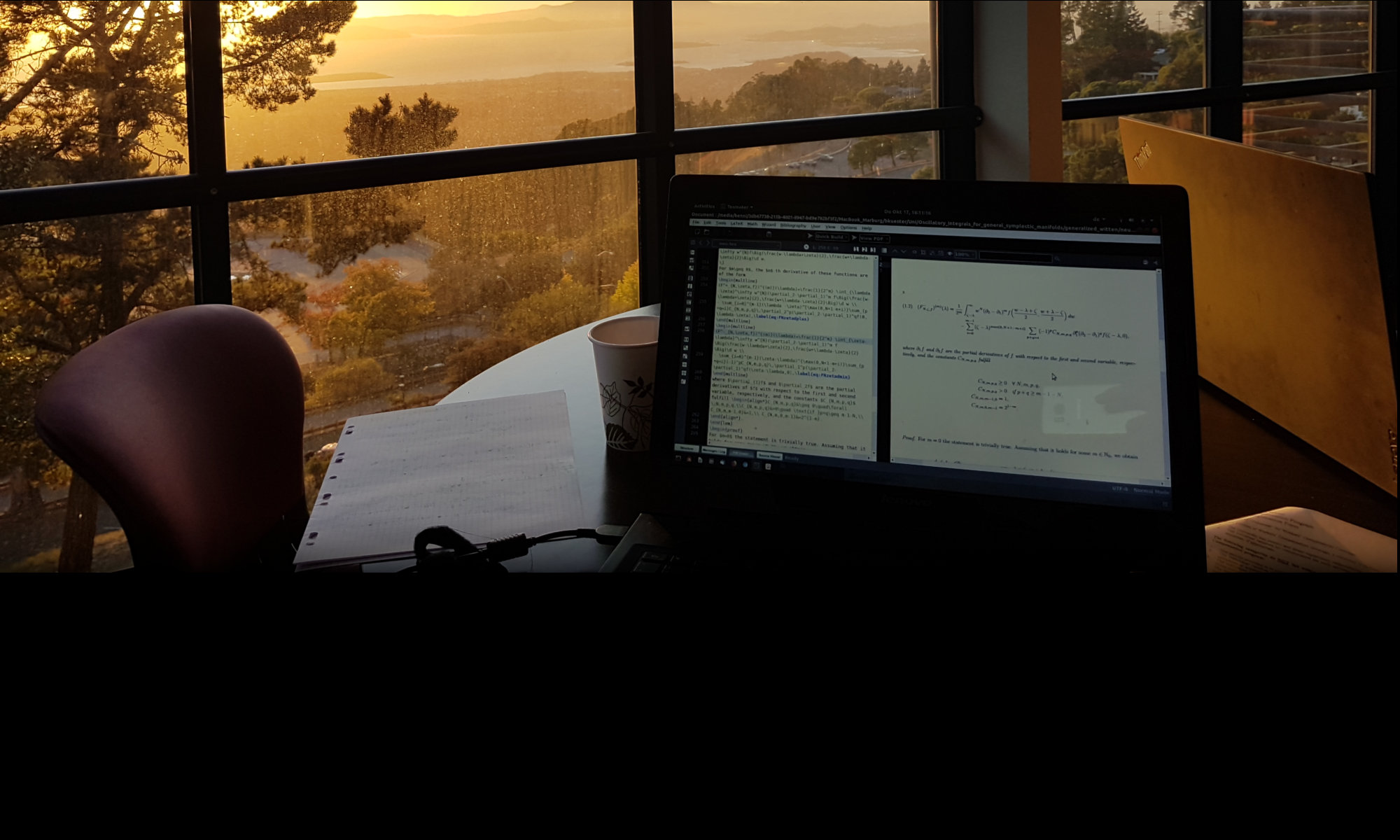I am an Interim Professor for Geometry and Topology at Leipzig University and a visiting researcher in the Geometry, Groups, and Dynamics division at the Max Planck Institute for Mathematics in the Sciences. I am currently on leave from Paderborn University, where I am a member of the Spectral analysis group and an investigator in the Project Spectral theory in higher rank and infinite volume of the CRC TRR Integral Structures in Geometry and Representation Theory.
Recently I have been working a lot with locally homogeneous manifolds associated to discrete subgroups of Lie groups such as Anosov subgroups. I am especially interested in the geometry, the dynamical systems and the spectral theory on such manifolds, which often possess interesting pseudo-Riemannian structures. In another independent line of research, I study oscillatory integrals in symplectic geometry.
Photo by Petra Lein, from the Oberwolfach Workshop Anosov³ which I co-organized in 2021

Upcoming and recent news or events
- October 23, 2025: Start of the joint Leipzig-Paderborn study group Variations on Character Varieties, which I am co-organising with Jacques Audibert from the MPI Leipzig and Guendalina Palmirotta and Tobias Weich from Paderborn University.
- On October 1, 2025 I took up my position as Interim Professor for Geometry and Topology at Leipzig University, going on leave from Paderborn University. At the same time I became a visiting researcher at the Max Planck Institute for Mathematics in the Sciences
- From September 1-5, 2025 I organised the conference Lie theory, Spectra and Dynamics at Paderborn University together with Guendalina Palmirotta and Tobias Weich.
- On July 7, 2025, I defended my habilitation thesis Symmetries in Hyperbolic Dynamics at Paderborn University.
- May 28, 2025: Article published in GAFA: Locally Homogeneous Axiom A Flows I: Projective Anosov Subgroups and Exponential Mixing. This joint work with Daniel Monclair and Andrew Sanders is the first volume of a series of papers in which we introduce dynamically complete geometric structures for Anosov representations, in the form of locally homogeneous manifolds carrying an Axiom A flow with analytic regularity.
- May 1, 2025: New preprint on arXiv: Spectra of Lorentzian quasi-Fuchsian manifolds. This is joint work with Colin Guillarmou and Daniel Monclair in which we develop a notion of quantum and classical resonances for a fundamental class of incomplete Lorentzian manifolds by meromorphic extension of resolvents. Remarkably, the classical situation of Ruelle resonances turns out to be simpler in this case than the quantum situation, i.e., the spectral theory of the pseudo-Riemannian Laplacian.
